Confirmed monkeypox cases are on the rise, with one patient being treated in hospital in Scotland.
Dr Nick Phin, medical and public health science director at Public Health Scotland, says the smallpox vaccine is being offered to very close contacts of those affected.
There are 57 cases in the the UK, an increase from 20 last week, though health officials say the risk to the UK population remains low.
Those at the highest risk of contracting the disease are being asked to self-isolate at home for 21 days, with others warned to be on the lookout for symptoms.
BBC Breakfast’s GP Dr Nighat Arif says this coincides with a rise in other viruses.
“We’re seeing an increase in cases of chickenpox, now we’re out of lockdown and people don’t want to isolate anymore.”
So, how can you tell the difference between monkeypox and chickenpox?
Differing symptoms
The two are caused by different viruses – monkeypox comes from the smallpox virus, whereas chickenpox comes from the varicella zoster virus.
Monkeypox symptoms include fever, headache, muscle aches, back pain, swollen glands, chills and exhaustion. Within five days of first symptoms, a rash will develop.
The rash goes through several stages. At first, it might look like raised spots, which turn into small blisters filled with fluid. They will then form scabs that will later fall off.
Symptoms can last from two to four weeks, and the virus can be spread through skin-to-skin contact.
Chickenpox symptoms include a high temperature, aches and pains, difficulty eating or loss of appetite, and an itchy rash.
The rash tends to blister and dry up, creating similar scabs to that of monkeypox.
However, Dr Arif says you should be able to tell the difference between the two.
You may find “temperature will be higher with monkeypox, and the patient may complain of backache, lower leg aches, chills, and very tender glands around their neck,” she says.
“The blisters are bigger [with monkeypox]. And the chances of them having it are very slim if they haven’t travelled or been in close contact with someone who has.”
The treatment
When treating both monkeypox and chickenpox, Dr Arif says: “The incubation period is really important.
“Isolate until the last blister crusts for chickenpox, but make sure to take three weeks for monkeypox.
“If your child has chickenpox, please don’t let them into school – isolate them and be careful. It may take a couple of weeks, but it is better than putting people who are vulnerable at risk.”
With both conditions, Dr Arif says: “Keep up intake of fluids, try to eat and give children Calpol to tackle the temperature.
The outlook
“Monkeypox may make you feel awful when you have it, but [for many people] it is a self-limiting virus and you will feel fine after,” says Dr Arif.
“However, if you are vulnerable, both can be really dangerous.
“With chickenpox children may get it mildly and then get on with it. But, as with any virus, it’s the individuals they come into contact with that may have issues.
“Adults who haven’t had it, and those who are pregnant or immunosuppressed will have the worst response to the pox.”
If you are struggling to get temperature down or have any other concerns, speak to a doctor or call 111.
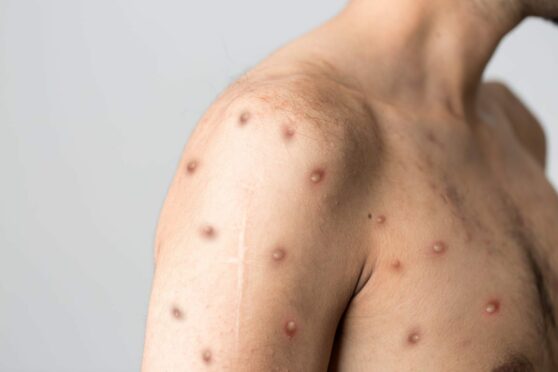
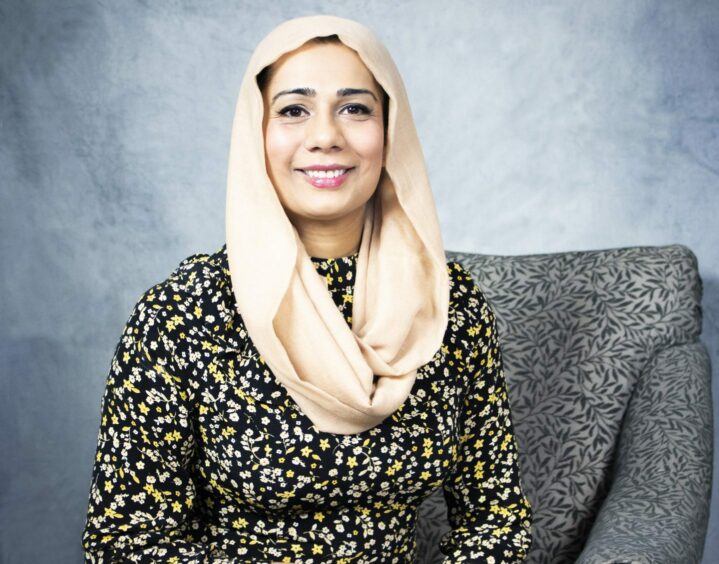
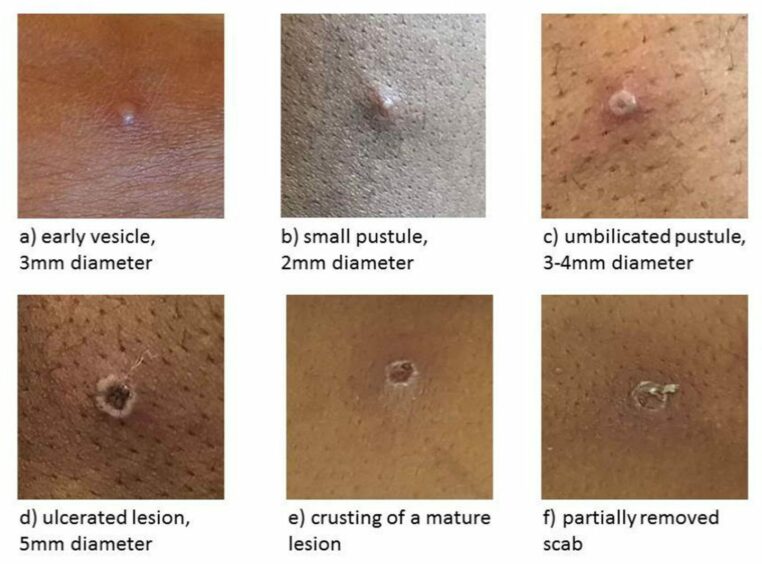
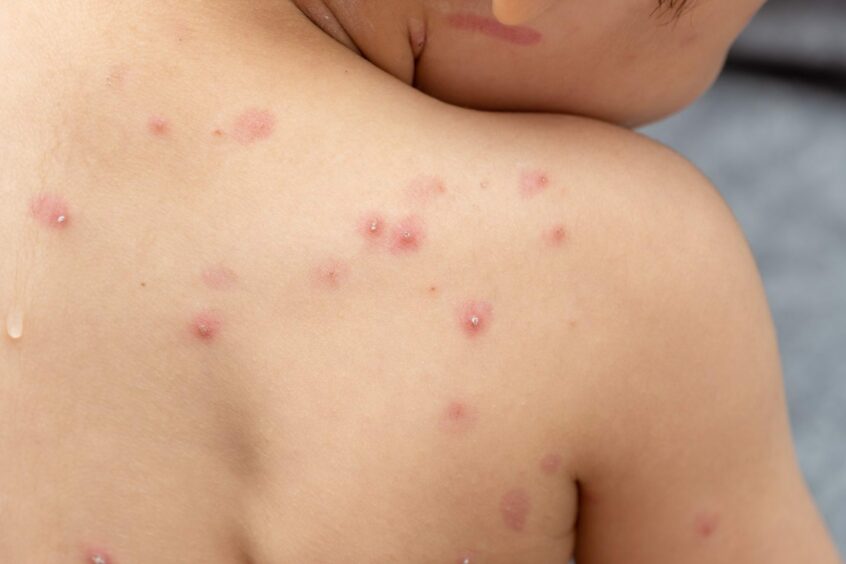
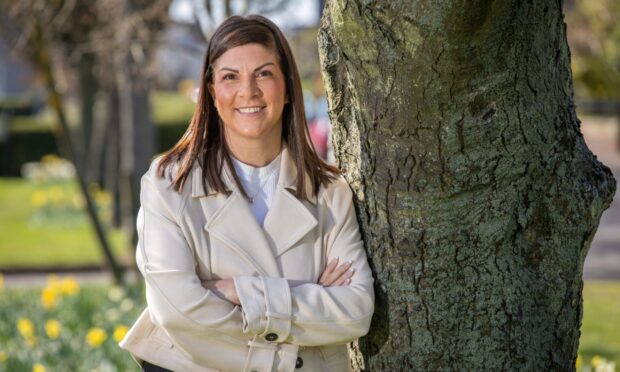

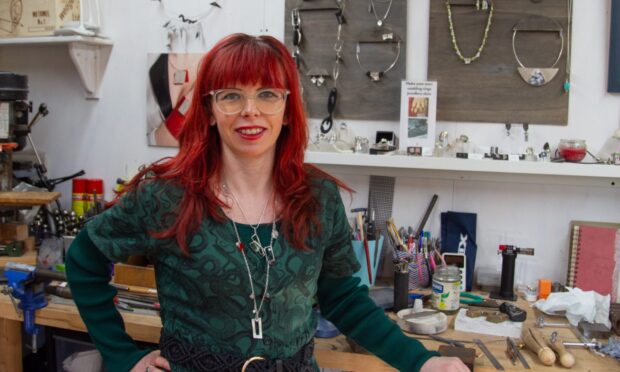
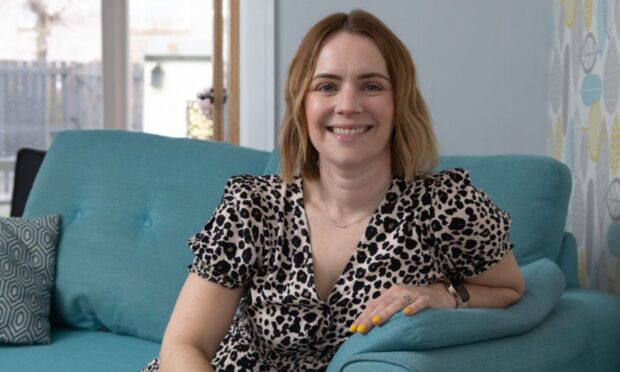
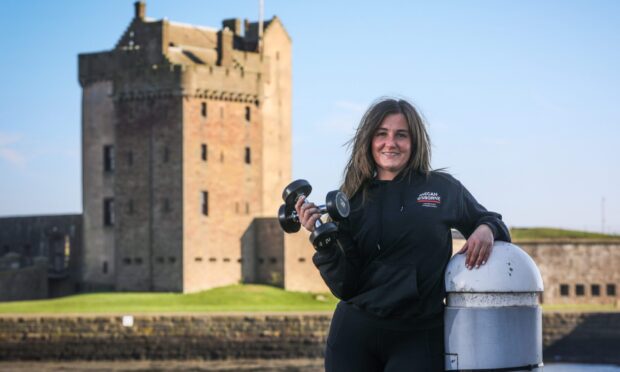


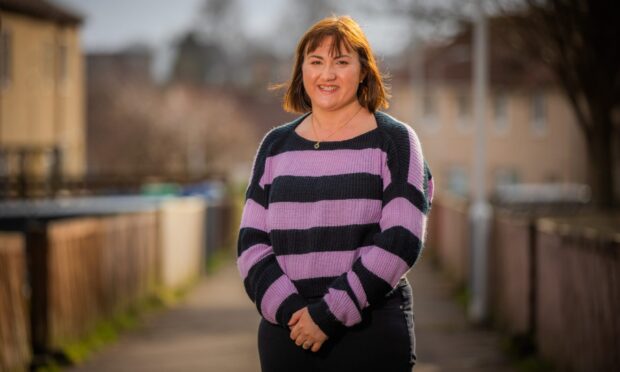

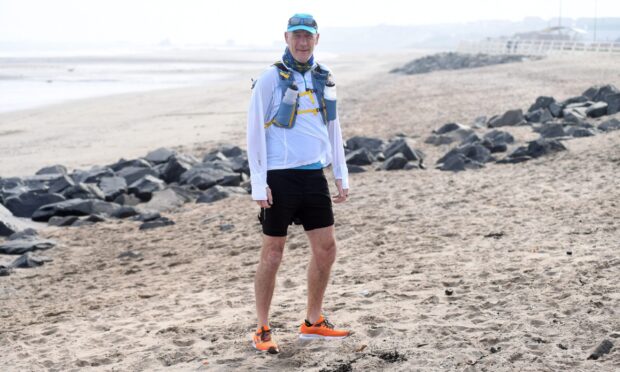
Conversation